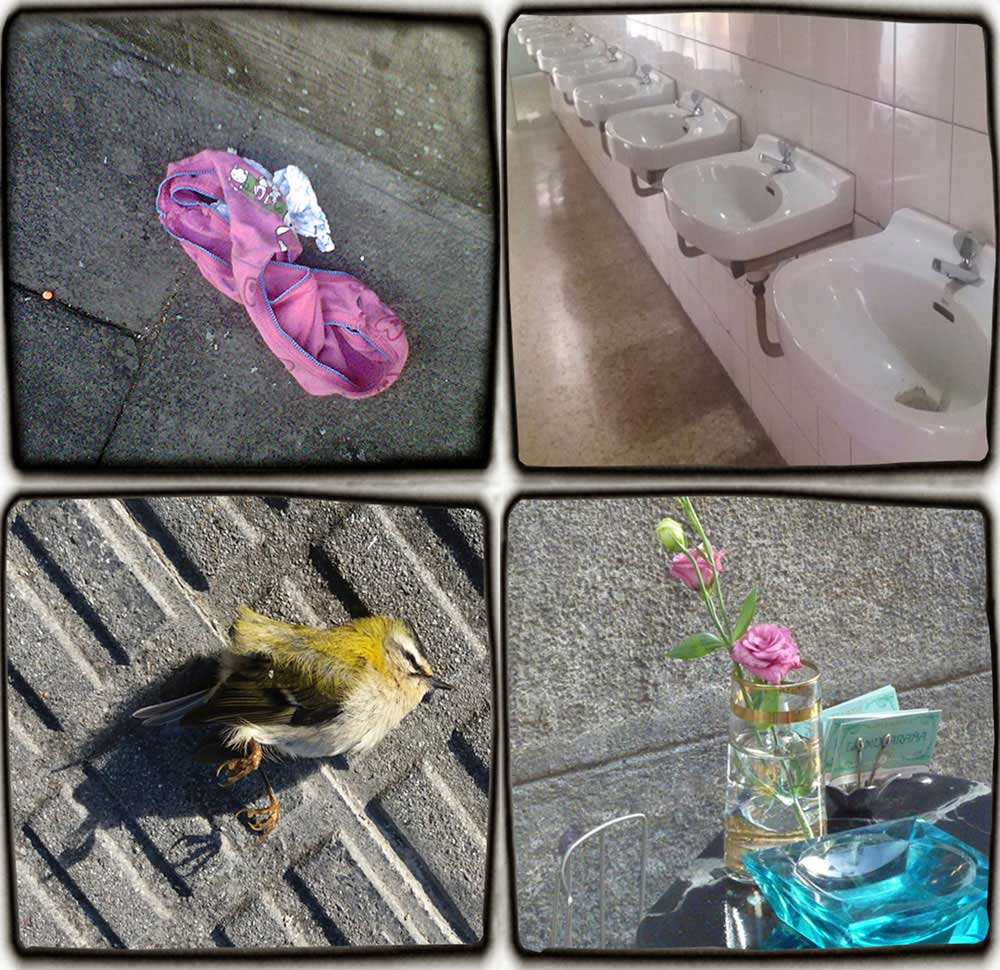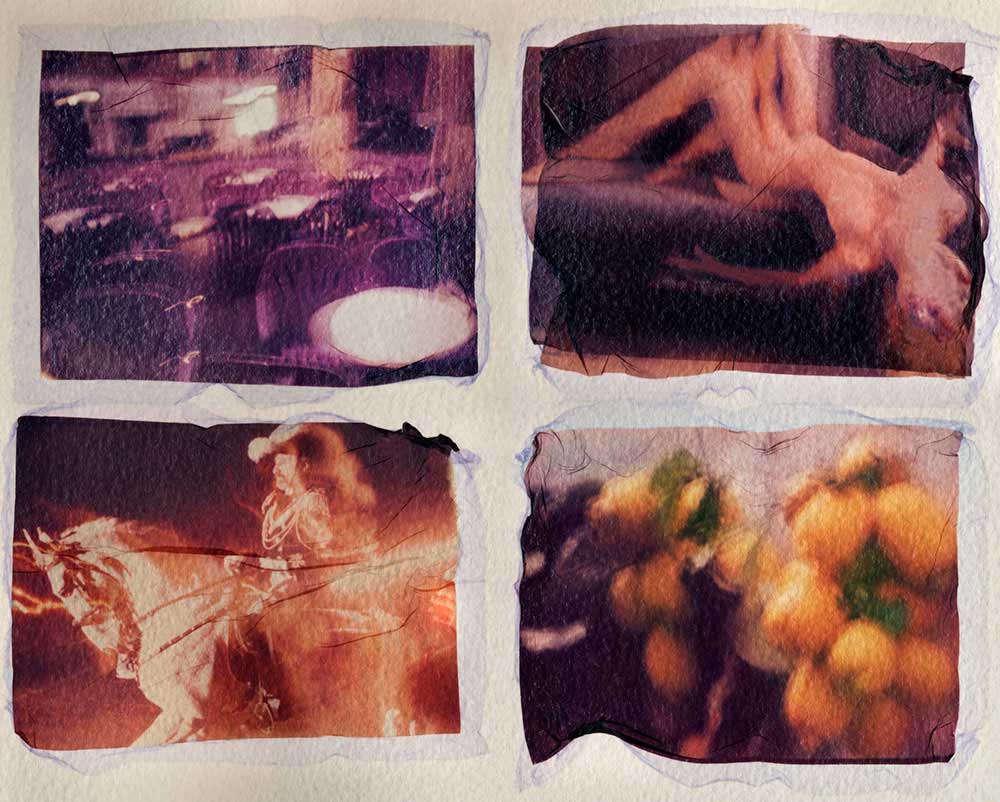Throughout this long year that is being marked by the rhythms and restrictions associated with the pandemic, many of us have realized that having a creative tool such as photography in our “backpack” has often been our anchor of salvation.
Photography has allowed us to cope with the dreaded “pandemic fatigue” because, through it and through the creative process, our minds free themselves from the chains and undertake imaginary journeys that strengthen our return home and our need to fight with everyday life.
It is true that, like everyone else, we have had to reluctantly assume the limitations of movement, but, on the other hand, we have had an easier time finding alternative ways to channel the need for exploration, to get away from day to day, from contact with Nature and to breathe freedom.
This has led me to think about the therapeutic power of Art, the creative process and photography in particular.
Focusing on photography as a therapeutic medium for our psyche, I have forced myself to carefully analyze the workflow associated with the act of photographing, to find parallels, for example, with introspective analysis, with the perception we have of ourselves, with how we relate to our environment or more simply, to some practice of “mindfulness” that is so fashionable today in different fields of human life.
Photography and Communication
Photography is first a communication tool, visual, but always a means through which the photographer gets in touch with those who then see the result. This means that it involves at least two parties: who takes the photograph and who sees it, generating an exchange of information and therefore an interaction with someone who is not us. When we are photographing, choosing the point of view, the light and the time, we are constructing our hypothesis of reality, and then providing it to others. In addition to the above, it is necessary to know that photography is a means of communication that uses a very human psychological mechanism such as the mechanism of evocation. Whoever sees our photographs more or less unconsciously triggers a mechanism that, fishing in the personal experience, brings out some personal image that connects with the photographer’s intention and generates a perceptible sensation. This is perhaps less evident in some type of photography and more in others, but in any case, it is always present or at least latent.
Ultimately, when we make photography, we initiate a dialogue with someone other than us. This process is highly positive for our psyche because it leads us to think that we are not alone and that there will be someone out there who could understand us.
Photography and Decision Process
On the other hand, thinking and taking a photograph involves a powerful decision-making process in which a large part of us is involved, both the conscious and the unconscious. I have taken my best photographs when I have perceived that they are aligned to the rhythm of my gaze. Getting to feel this, means that, in a semi-conscious way, you have to decide what to include or what to exclude in the frame; what to emphasize and with what kind of light; what to hide or ignore and in what way; what to reveal and what not to reveal. All these decisions have to do with ourselves, with our knowledge and experience, with the perception and consideration that we have of ourselves. What I have just said involves psychological mechanisms related to our ability to control our inner drives, fears and blocks. Moreover, since photography is a visual art and does not necessarily require the help of words or the obligation to interact with other people, it provides a feeling of freedom that removes many of the fears that block our walk in the world and that sometimes negatively affect our self-confidence.
Photography and self-exploration
The creative process of a photographer does not end with taking the photograph, far from it! We cross the limits defined by the processes related to the photographic taking and we include, as part of the creative process, other processes that are typically executed separately in time and space with respect to the taking. The digital development process, printing, the analysis of the printed images, of how they dialogue or fight, the exhibition/book preparation. If we do all this with honesty towards ourselves, we have a powerful means of self-exploration that sometimes allows us to find “new dimensions”, to surface inner voices that we had hidden or of which we were not aware. In a word, we explicitly learn something else about ourselves.
Photography and exhibition
To close the creative circle, we must include the last phase of our photography process, perhaps the most controversial because it can put at risk everything achieved in the previous stages. I’m talking about the presentation to society, the public debut, the exhibition, the presentation, sharing the result of our creative process with others, the judgment of third parties. It is a stage that presents a high level of uncertainty: on the one hand we want to receive opinions from third parties because photographing is communicating. On the other hand, stage fright can overwhelm us because we expose ourselves to subjective criteria that we cannot control and sometimes to prejudices from certain circles that do not use an objective judgment but are guided above all by criteria that allow them to perpetuate their existence / power.
Taking the previous step, means always having to leave the field of visual language in which we feel comfortable, to enter into the meanders of verbal expression that is not always mastered and that generates fear, insecurity and discomfort. Many of us do not know how to talk about the meanings, the memories, the thoughts, the feelings that we have tried to enclose in our images. Other people experiment the other way around: deliberately move away from the meaning of their own photos to present them as glossy magazine pages. Others discover that the images have no meaning beyond a superficial aesthetic. This, which in itself can be seen as a drama, sometimes assumes tones of delirium if we introduce the topic of “social media”.
Social media should provide quick and “democratic” access to a significant number of potential “users” of our images. The reality is very far from this statement because the current algorithms that govern these “socials” prevail other criteria much closer to the profits of the service provider than of the users of the same. In addition, the current trend is to present the information shared in social media always encapsulated in an appearance bubble that distorts reality and tries to create a parallel world in which “likes” are more important than constructive criticism and “ it has gone viral ”, more important than a calm dialogue between thinking brains.
Conclusion
The creative act is an “inner voice” that transforms our experience, our learning and our being into an artistic form that in turn retro-feeds our knowledge. It is therefore a process that involves the psyche and whose objective is to communicate sensations to those who receive them. If we also think that very often in photography we can make an ordinary object transform into something more transcendental even if it is simply because we have taken advantage of a chance of light, we understand how the previous process has a strong component of chance that we will be able to take advantage of it, only if we are ready to catch it. This very important aspect is 100% in us because we are made of resonances of lived experience.
If we do photography not to please others or, even worse, to be viral in some social, when we critically see our own works it is like standing in front of a mirror because in them we should be able to see our past, our present and our proposal for the future. Looking in the mirror, especially if this mirror is reflected in another mirror, is also a way to bring out the unconscious. If we want to deepen our path of personal knowledge, this process should allow us to face the dialogue that our photographs establish with those who see them with more tools and with greater confidence. Therefore, it is very important that we do all this with proposals that are the result of a journey of honesty and research.
Keeping what we feel aligned with what we say is, I believe, the best way to help the psychology of ourselves.
Photosatriani
I am a curious of life with idealistic tendencies and a fighter. I believe that shadows are the necessary contrast to enhance the light. I am a lover of nature, of silence and of the inner beauty. The history of my visual creations is quite silent publicly but very rich personally, illuminated by a series of satisfactions and recognitions, such as: gold and silver winner in MUSE Awards 2023; Commended and Highly Commended in IGPOTY 2022/19/18, honorable mention in Pollux Award 2019; selected for Descubrimientos PhotoEspaña (2014), Photosaloon in Torino Fotografia (1995) and in VIPHOTO (2014). Winner of Fotonostrum AI Visual Awards 2024. Group exhibitions in: Atlántica Colectivas FotoNoviembre 2015/13; selected for the Popular Participation section GetxoPhoto 2022/20/15. Exhibitions in ”PhotoVernissage (San Petersburgo, 2012); DeARTE 2012/13 (Medinaceli); Taverna de los Mundos (Bilbao); selected works in ArtDoc, Dodho, 1X. A set of my images belongs to the funds of Tecnalia company in Bilbao, to the collection of the "Isla de Tenerife" Photography Center and to the Medicos sin Fronteras collection in Madrid. Collaborator and interviewer for Dodho platform and in Sineresi magazine [Website]












